Carrots are one of the easiest root vegetables to grow. They can be planted early in the season and can be harvested up until the first snowfall. They make a great cool weather crop and can even be grown in cold frames or stored right in the ground for a winter harvest!
This post contains affiliate links for which we may be compensated if a purchase is made through the links provided at no extra cost to you. For more information, please read our affiliate disclosure.
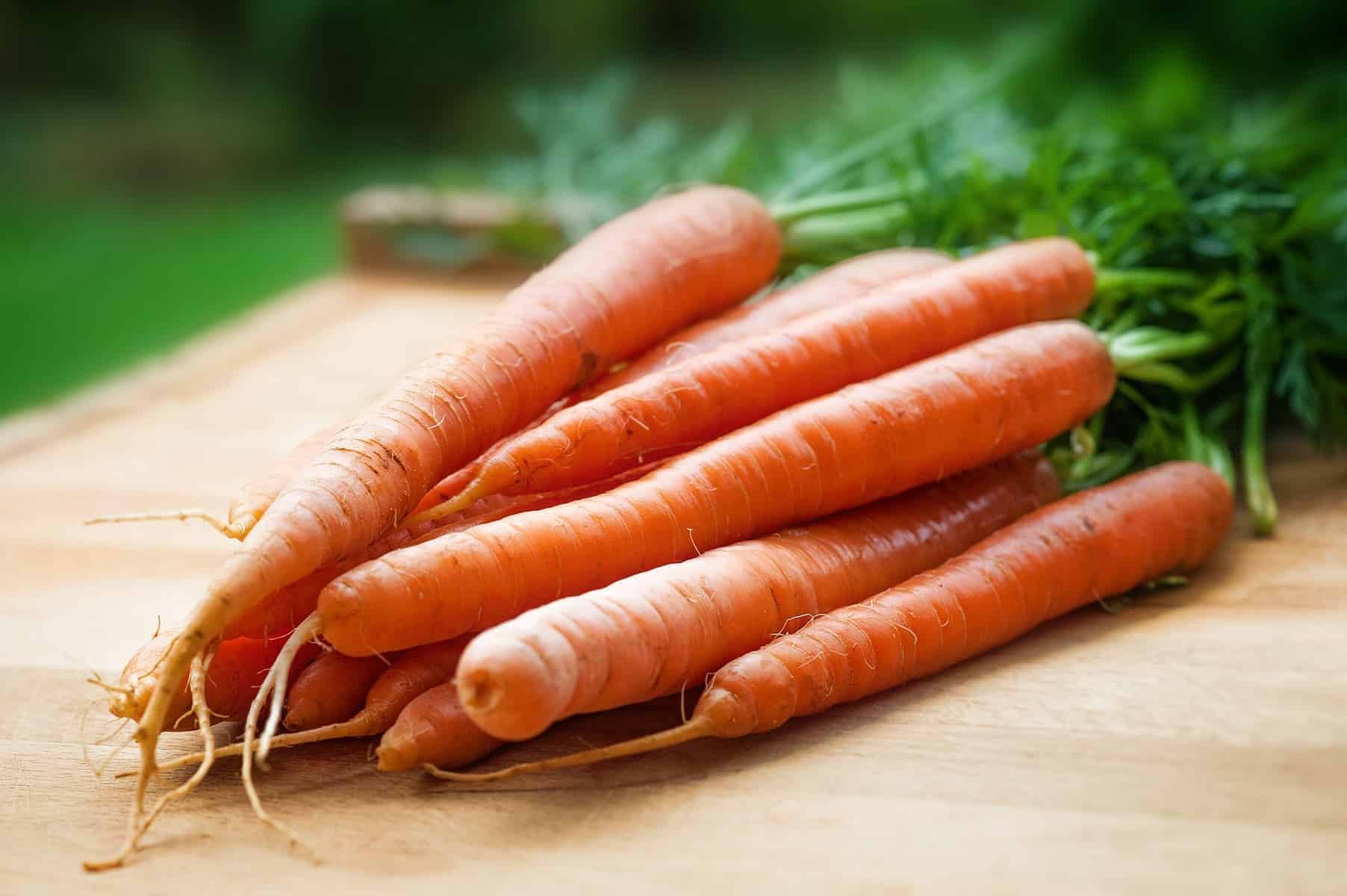
What you need to know about planting carrot seeds
Carrots prefer full sun, though they can tolerate a bit of shade. Carrots do not do well being transplanted so planting directly into the garden is best. Pick a location where you are able to properly till, and fertilize the soil. The soil should not be compact or very rocky, or clay-like.
Work the soil well, adding any amendments like peat moss, sand (for slow draining soil), and of course, compost. If your soil is compacted in any way it is very important to add some of these amendments for the best growth possible. Because carrots grow undisturbed for the season, the best opportunity to get what you want into the soil must happen before seeds go into the ground.
Dig the soil to at least 12 inches deep, mix the chosen amendments in well, and level out the soil with a rake.
Carrots now come in a variety of colors like yellow and purple and are quite beautiful! Be sure to look for unique hybrid or heirloom varieties when sourcing seeds.
You can buy loose carrot seeds or they can also be bought as seed tape. This is a paper tape that will break down in the soil after it has been watered a few times. The seeds are properly spaced out and make it very easy for planting. It is a great example of modern innovation in the garden!
If you are planting in rows, run a string as a guide to get nice straight rows. Sow seeds at a depth of ¼ inch and roughly 1 ½ to 2 inches apart and space rows a foot apart. If planting into a raised garden bed space the seeds accordingly.
It can take 2 - 3 weeks for carrots to germinate. Be sure to keep the rows wet as it will aid in germination.
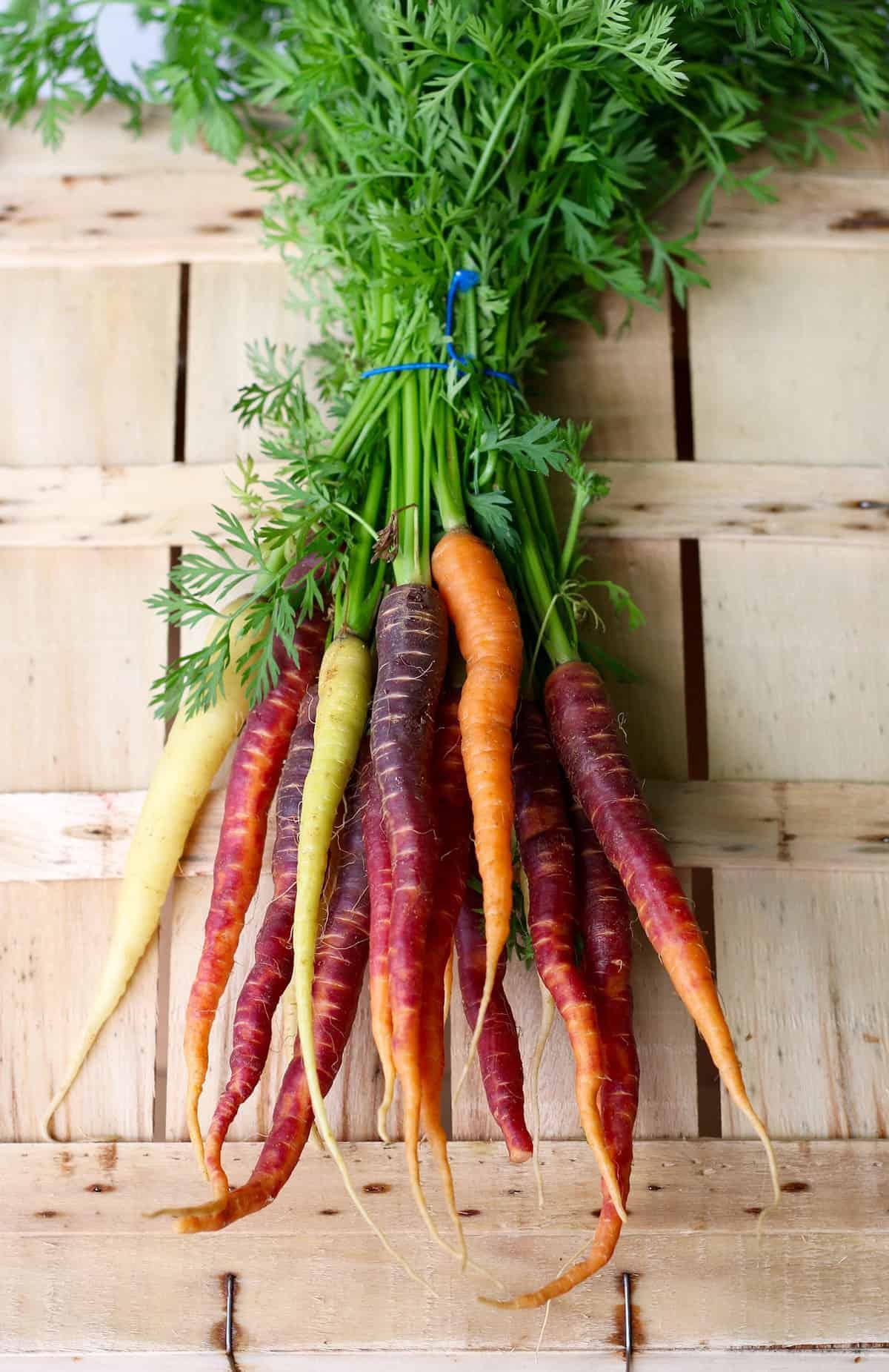
How Do I Care for Carrots
Carrots are easy to take care of during the growing season and require minimal work. Be sure to weed the rows well though so the carrots do not have to compete for nutrients with the much faster-growing weeds. If you practice mulching you can start as soon as the carrots have been planted.
The mulch will help suppress weeds and keep moisture in the soil. Just make sure you don't mulch over the top of your seedlings!
Thinning Carrots
Spacing is very important when growing carrots. If the seeds are too close together the carrots will grow into each other restricting growth and carrot size.
Carrot seeds are tiny and it can be difficult getting proper spacing when planting. This is where thinning comes into play. Thinning refers to the practice of removing sprouted seedlings that have grown too close together, to allow the remaining seedlings to grow properly without needing to compete for nutrients and space.
It might seem like a shame to pull out perfectly fine seedlings but you are ensuring your carrot harvest will be full and plentiful. You will be rewarded with large, full, beautifully straight carrots. Thin the carrots when the seedlings are an inch tall to about 1 ½ to 2 inches apart.
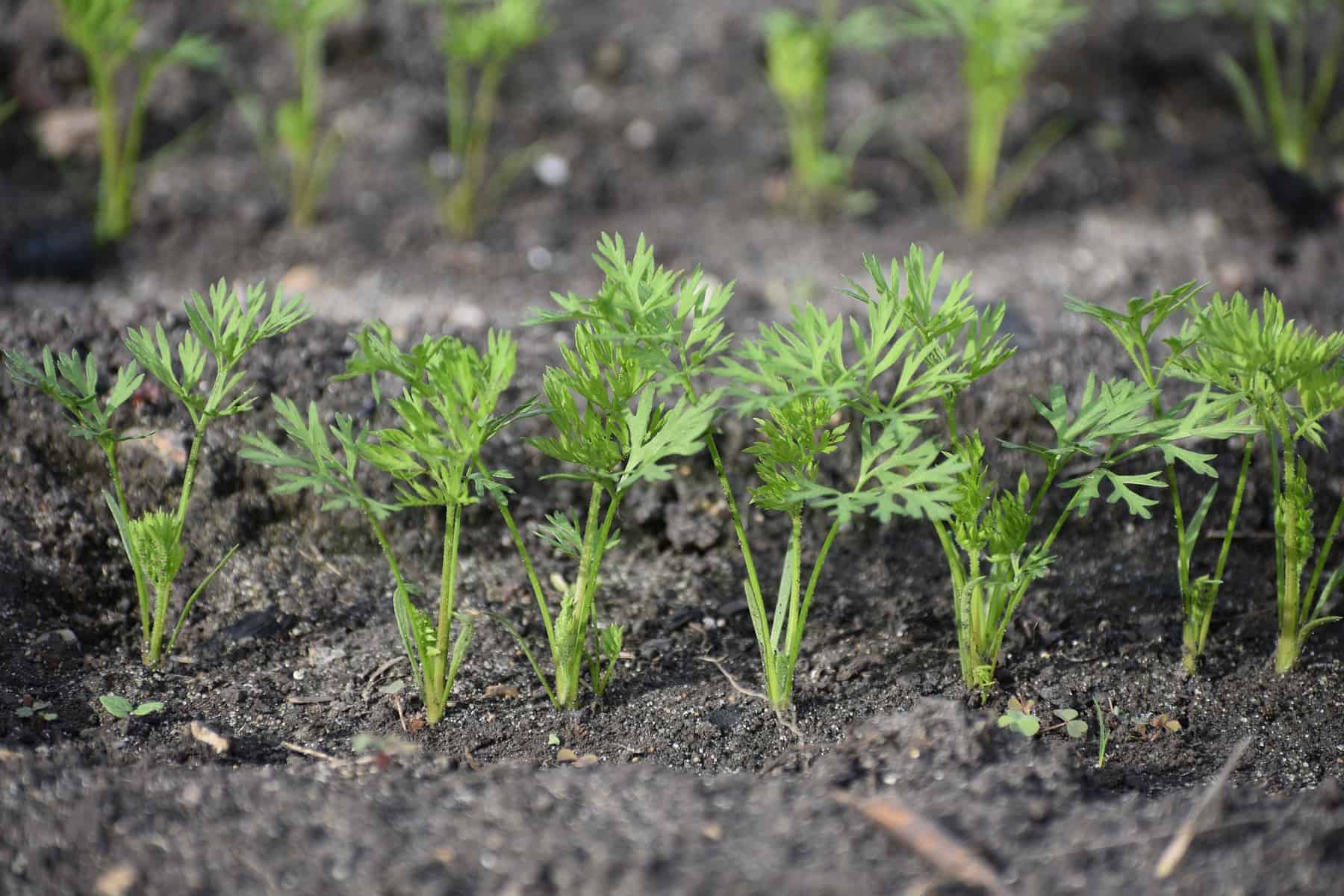
One of the best discoveries I have made in the garden is how important thinning seedlings is. It is a practice that results in bigger, healthier harvests!
Harvesting Your Carrots
It is very important to use a shovel or garden fork for harvesting carrots. Attempting to pull them out by hand using the greens usually ends with a handful of greens and the carrots firmly still in their row.
You can start harvesting carrots when they are medium-sized. Check on them periodically to see how the growth is progressing by digging up one or two carrots at a time. It is best to harvest throughout the rows as this helps give the remaining carrots extra space to grow.
When harvesting place the shovel or fork into the soil 4 - 6 inches away from the carrots. Gently lift and loosen the soil, exposing the carrots. Grasping the carrot, pull upwards. If it is resisting, further loosen the soil and give the carrots a bit of a wiggle. If you pull down on a carrot that is firmly in the ground it will snap in half.
It is best to harvest when the ground is dry. Brush any loose soil off the harvested carrots. You can remove the greens now or leave them on. I like to give the carrots a good wash outdoors and leaving the green on makes it easier to move large amounts around. After the surface dirt is removed I like to do a second washing in the house to prepare them for long-term storage.
Carrots are biennials and will go to flower if left in the ground, If temperatures are favorable they will produce seeds that can be collected and then replanted the following year!
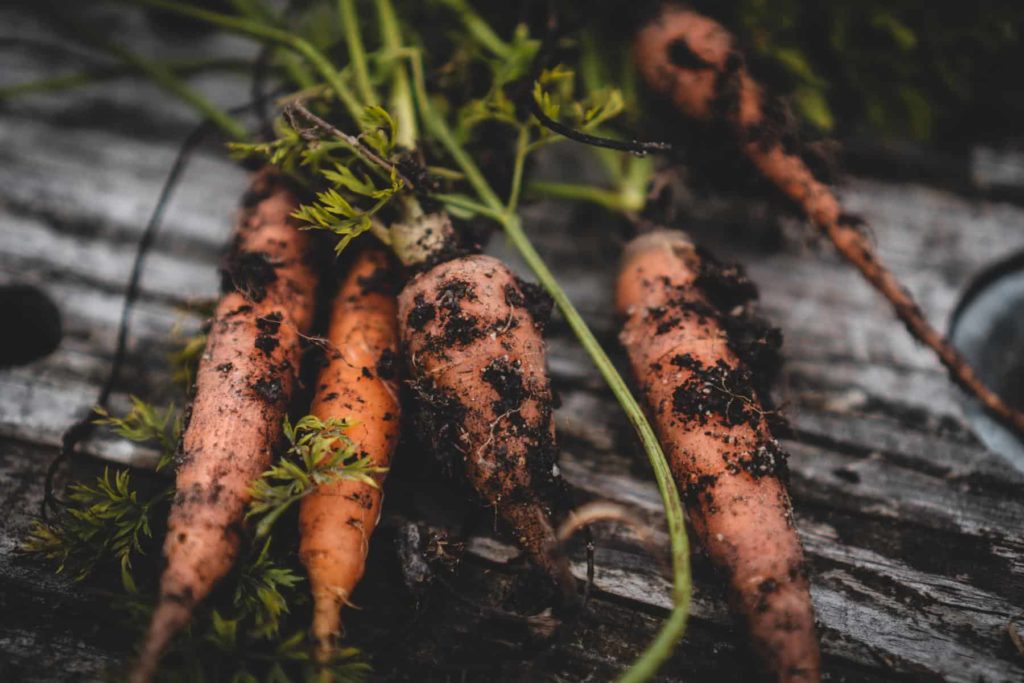
Storing Your Harvest
Be sure to scrub the carrots, making sure they are dirt-free. Trim the greens off and allow the carrots to dry fully. Place them in plastic bags, seal and store in the fridge. You can also use tubs with moist sand for long-term carrot storage. This is called clamping or storing vegetables in a clamp. Place trimmed carrots into the lightly moistened sand and store in a cool dry location.
Another method of storing carrots is by freezing or even pickling them!
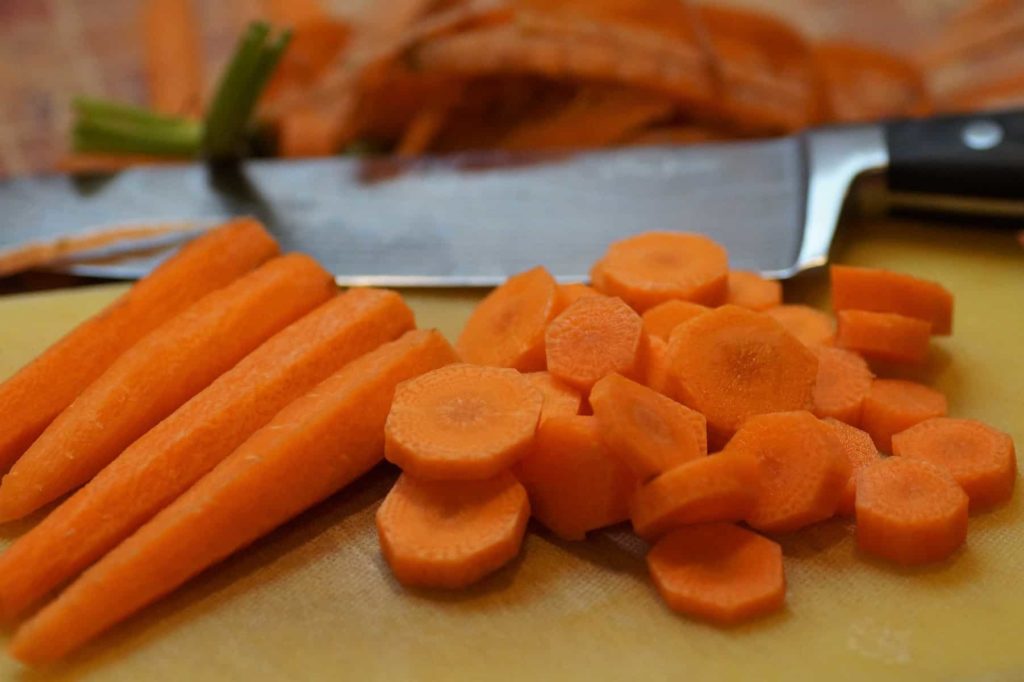
Processing Carrots for Freezing
Carrots are a great vegetable to consider freezing for long-term storage. It also helps reduce the cooking time when you go to use them. To prepare carrots for freezing you'll need to:
Begin by washing and trimming the ends off. Peel the carrots and then chop the carrots into coins.
Now they are ready to be blanched. Blanching the carrots we plan to freeze helps to retain color, nutrients, and texture. To blanch your carrot coins simply get a large pot of water on to boil and have a large bowl with ice-cold water ready to quickly cool the hot carrots.
Once the water is boiling add a good portion of the carrot coins and cover the pot. They should be in the water for 2 minutes. Using a slotted spoon remove the carrots from the hot water and immediately submerge them into the ice bath. This quickly stops the carrots from overcooking.
When the carrots have cooled fully, remove them from the ice bath to kitchen towels and allow them to air dry. Once the carrots are dried they can be bagged and frozen.
Did you find this guide useful?? Comment & Rate it below, then tag me on Facebook. For more DIY gardening tips & from scratch recipes follow me on Facebook & Pinterest

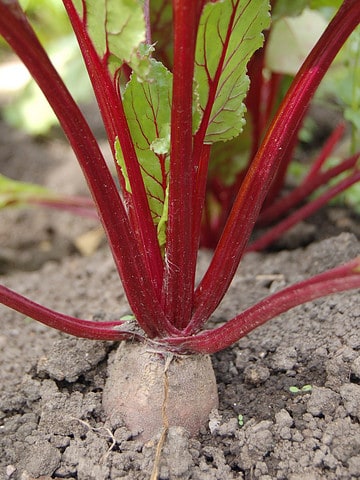
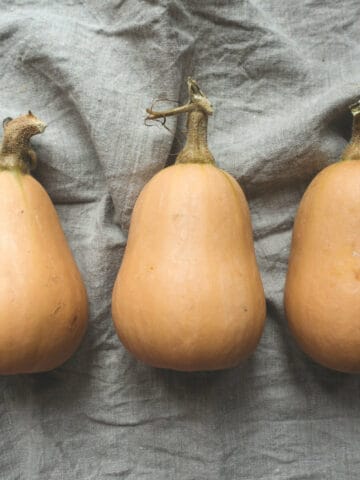
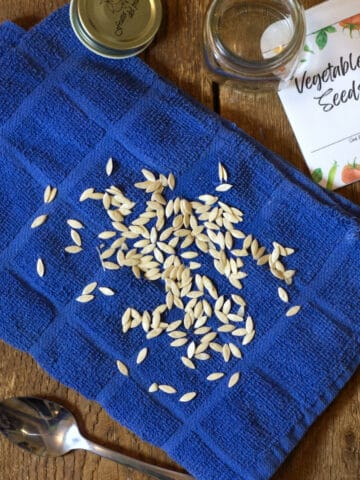
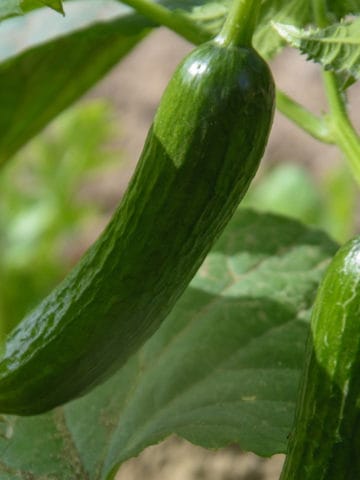
Comments
No Comments